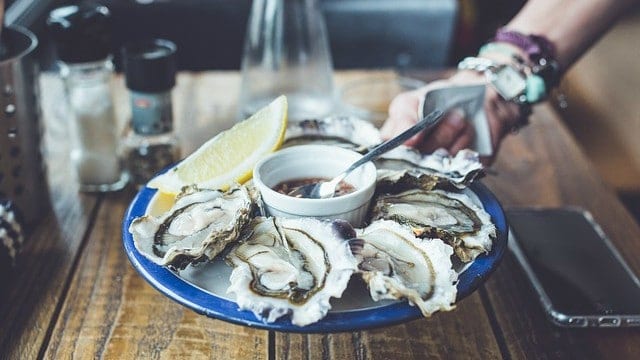One thing that never ceases to amaze me is the sheer number of options that are available to investors across nearly every segment of the economy.
One such area is the food and beverage industry. Incredibly, many of the companies that operate in this segment provide the everyday products that we see daily on store shelves, yet we routinely pass on these companies as investments or take them for granted, despite being lucrative investments.
Here’s a look at one such company.
Meet High Liner Foods
High Liner Foods Inc. (TSX:HLF) is one of the largest frozen seafood suppliers on the continent. The company sells products under a variety of well-known seafood brands in Canada, Mexico, and the U.S., and remains a major supplier to food retailers on the continent.
High Liner has been a major seafood supplier for well over five decades, and the company has a storied past spanning over a century. Part of that impressive past includes an appetite for expansion, which has resulted in High Liner completing five separate acquisitions over the past decade, propelling the company into the market-leading position it has today.
So, why should investors consider High Liner? Here are a few reasons.
High Liner products are in strong demand and evolving
In Canada, the High Liner brand is not only well known, but it also has double the market share over the closest competitor. That type of commanding market share allows High Liner to provide new products to the market beyond the over 30 different species of seafood High Liner already offers.
Looking to the U.S. market, High Liner has a strong presence in club stores. High Liner brands are steadily building brand awareness throughout the market and are well known for both product innovation and high quality, which is partly the reason that High Liner is the largest value-added supplier of frozen seafood in the U.S.
Consumer tastes are constantly changing. A move away from the breaded, battered, and fried seafood that are stereotypical of frozen seafood products represents an opportunity for High Liner to evolve with the market — and it has. The introduction of several new products such as the Pan Sear, Fire Roasted, and Flame Savours line of products have not only been highly successful, but they remain examples of how High Liner has innovated to meet the changing tastes of consumers.
High Liner provides a great dividend
Investors that are looking for dividend income will be pleased with what High Liner can offer. The company provides a quarterly dividend of $0.14 per share, which provides a very respectable 3.11% yield at the current stock price.
High Liner has provided investors with eight separate dividend hikes over the past five years, and there is little reason to doubt that the company will continue to provide investors with additional hikes in the future.
In fact, the dividend has appreciated well over 50% over the course of the past few years, which may be reason enough for some investors to consider an investment. Even better, the payout ratio for High Liner’s dividend remains at a sustainable rate below 45%.
For the most recent full fiscal report, High Liner posted net income of $32.95 million, or $1.07 per share — an increase over the $29.58 million, or $0.96 per share, posted in the fourth quarter of the previous year.
Is High Liner a good investment?
High Liner represents an intriguing opportunity for investors thanks in part to the great dividend, strong market position, and steady growth prospects for the company. High Liner’s continued push further into U.S. markets will only improve the company’s prospects for the future, and the commanding position that High Liner has in being the largest supplier of frozen fish in the U.S. provides a defensive moat that competitors could only wish for.
High Liner currently trades at just over $18, closer to the 52-week low of $16.40 than the high of $27.62 the stock reached last fall. When factoring the P/E of just 12.48, the case for investing in High Liner gets even stronger, particularly for those investors looking for both dividend income and long-term growth.








